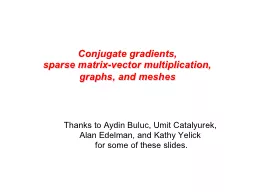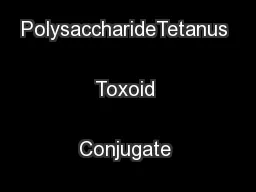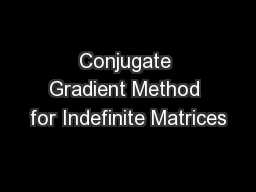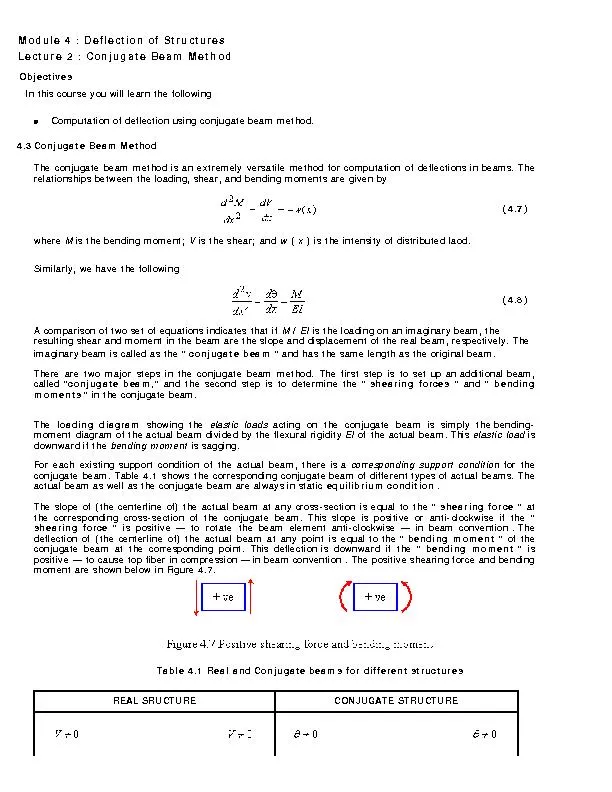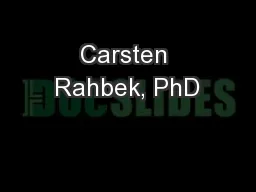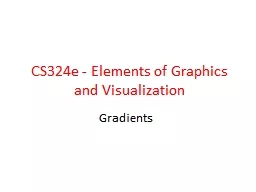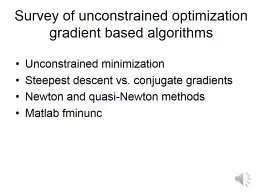PPT-Conjugate gradients,
Author : tawny-fly | Published Date : 2017-09-04
sparse matrixvector multiplication graphs and meshes Thanks to Aydin Buluc Umit Catalyurek Alan Edelman and Kathy Yelick for some of these slides T he
Presentation Embed Code
Download Presentation
Download Presentation The PPT/PDF document "Conjugate gradients," is the property of its rightful owner. Permission is granted to download and print the materials on this website for personal, non-commercial use only, and to display it on your personal computer provided you do not modify the materials and that you retain all copyright notices contained in the materials. By downloading content from our website, you accept the terms of this agreement.
Conjugate gradients,: Transcript
Download Rules Of Document
"Conjugate gradients,"The content belongs to its owner. You may download and print it for personal use, without modification, and keep all copyright notices. By downloading, you agree to these terms.
Related Documents

